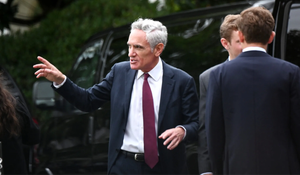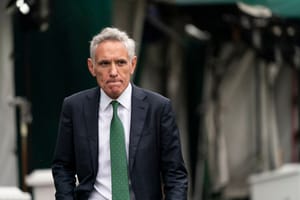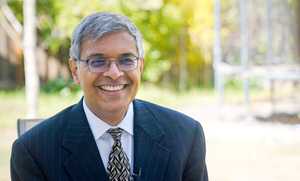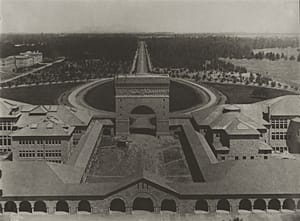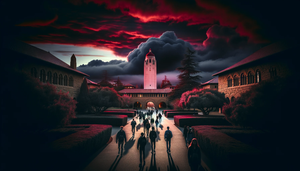On March 9th, 2023, Kyle Duncan, a judge appointed by President Trump to the U.S. Court of Appeals for the Fifth Circuit, was scheduled to give a talk at Stanford Law School. The event was disrupted by student protesters due to Judge Duncan’s rulings, which they viewed as hostile to LGBT rights. Many criticized this response as an assault on free speech, particularly considering that Stanford Law School’s Associate Dean for Diversity, Equity and Inclusion was explicitly hostile to Judge Duncan, claiming that his work “has caused harm” to “many people here.”
The Foundation for Individual Rights and Expression (FIRE), which is known for its stalwart defense of free speech at universities and annual College Free Speech Rankings, recently released a report that shared student survey results before and after the Judge Duncan incident. The results reveal the dire state of free expression at Stanford. 54% of students thought that Judge Duncan’s visit should have been canceled by the administration. Before the event, 45% of conservative students felt comfortable disagreeing with a professor; after the disruption, this figure dropped to a mere 6%. While self-censorship increased among conservative students, there was no change in self-censorship among liberal students. In fact, for liberal students, concern about damaging their reputation by voicing political opinions declined after Judge Duncan’s visit.
These recent FIRE surveys support what many on campus have long intuited: Stanford’s students are not only intolerant of, but openly hostile to opposing viewpoints—especially when those views are conservative. So intolerant, in fact, that over a third of students said that using physical violence to stop campus speech they deem offensive is acceptable.
Thankfully, much of Stanford’s high-level leadership have signaled their support for free speech. When Stanford Law School’s Associate Dean for DEI, Tirien Steinbach, gave remarks that rebuked Judge Duncan and praised the disruptors, she was promptly placed on leave and has since resigned. Stanford then issued Judge Duncan a formal apology, and Jenny Martinez, then the Dean of Stanford Law School, wrote a letter that criticized the conduct of students on March 9th and reiterated the necessity of free speech. Stanford’s interim president, Richard Saller, as well as Stanford’s next president, Jonathan Levin, have both said that free speech is foundational to Stanford University’s mission.
But expressing support for free speech at the highest levels is different than creating a culture that upholds it. Lower-level administrators, professors, and students are also the culprits of Stanford's abysmal performance on FIRE’s College Free Speech Rankings. Yes, Stanford must drain its administrative swamp to enhance freedom of speech on campus, but that alone would be insufficient. Although Steinbach encouraged those who heckled Judge Duncan, the students were disruptive at their own initiative. In other words, students did not need the support of an administrator to shut down speech; they were happy to do so on their own.
So, what can be done to change this culture of conformity and intolerance among Stanford students? One option discussed—a mandatory half-day free speech training course—will not do much to correct the illiberalism highlighted in FIRE’s report, although it is a step in the right direction.
Ironically, universities have been working hard at the real solution for decades: diversity. Schools recognize that the power of diversity lies in having people with different perspectives come together to increase creativity and deepen discussions. Unfortunately, university leadership has fixated on a narrow conception of diversity—race—which by itself has little bearing on one’s perspective.
Institutions like Stanford have become superficially diverse but ideologically homogeneous. Yet the University has demonstrated that it can use admissions to shape the student body to its liking. It should use this power to ensure that each class is intellectually, rather than racially, diverse. Only then will students know the true meaning of tolerance.




